Note: This website was automatically translated, so some terms or nuances may not be completely accurate.
The Reality of Cross-Border E-Commerce in China: Targeting a Huge Market of 1.3 Billion People

Norihiro Yamagishi
Dentsu Inc.

Junichi Kanno
China's e-commerce (EC) market continues its unstoppable surge. On November 11th, known as "Singles' Day," Alibaba, China's largest e-commerce platform, set a new record during its annual mega-sale event, achieving a total transaction volume of $17.8 billion in just 24 hours, significantly surpassing last year's figures. Behind China's EC market, which maintains annual growth exceeding 20%, lies the country's economic and social development, and this trend is expected to continue for the foreseeable future.
Meanwhile, advances in technology and logistics have enabled cross-border e-commerce. For Japanese manufacturers and retailers, this cross-border EC offers a pathway to reach overseas customers. Here too, China's purchasing power is overwhelming.
Mr. Norihiro Yamagishi, CEO of Dentsu Inc. Aegis Network (DAN) China, and Mr. Junichi Jinno of Dentsu Inc. Promotion Design Bureau, an expert in e-commerce, discussed the current state of China's e-commerce market and the future of cross-border e-commerce.
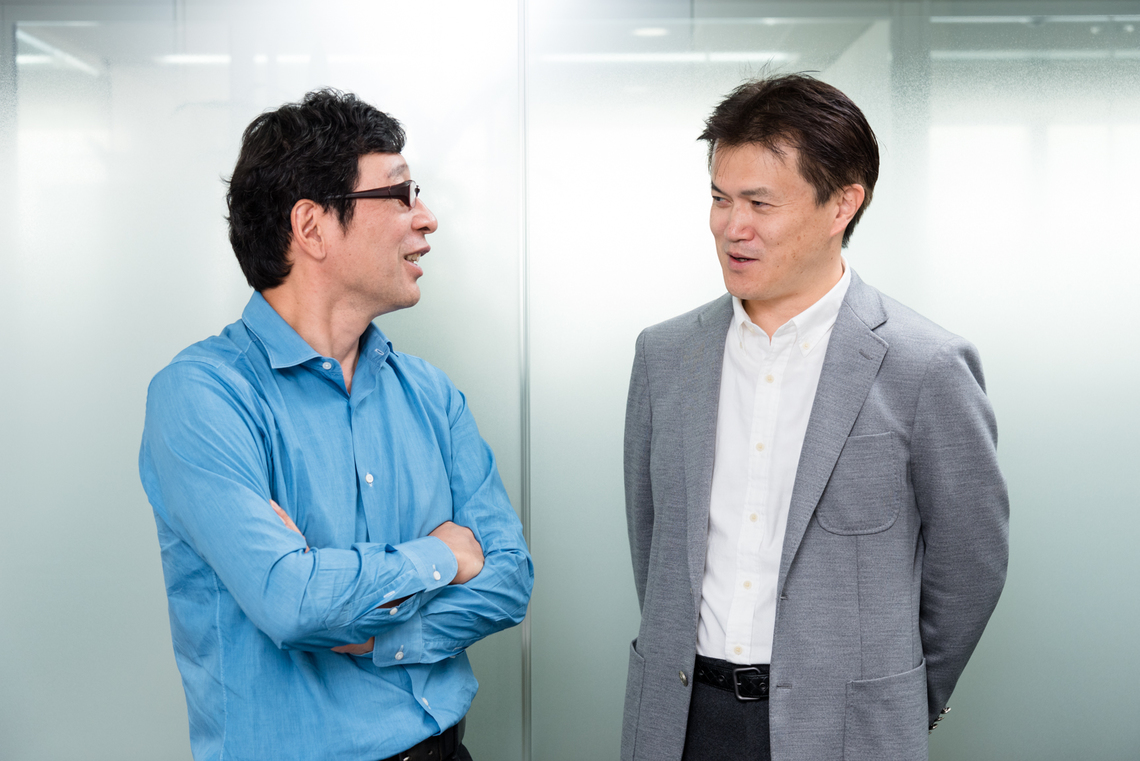
Qualitative Evolution Seen in B2C Development
Yamagishi: It's been three and a half years since I was assigned to China, and my impression is that the expansion of the e-commerce market shows no signs of stopping.
Kanno: While GDP growth is said to be slowing, China's e-commerce annual growth rate remains exceptionally high. It continues growing at over 30% annually, reaching a total B2C and C2C value of ¥65.6 trillion in 2015. B2C alone hit ¥38.8 trillion, roughly three times Japan's figure. This is driven by an internet population of 680 million, and this trend seems set to continue.6.Even though we're talking about 800 million people, the penetration rate has only just surpassed 50%, so there still seems to be plenty of room for growth.
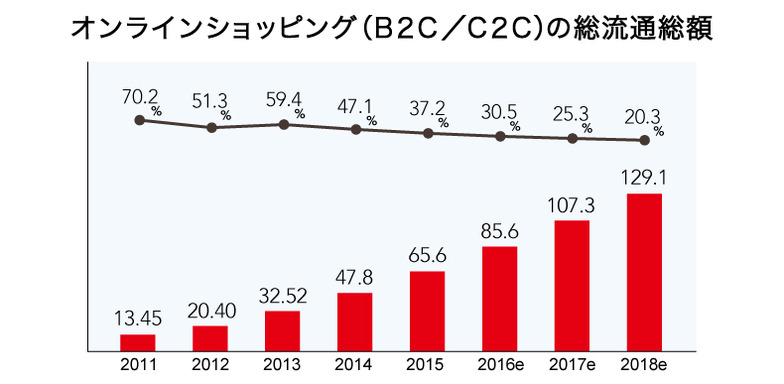
Yamagishi: Beyond the overall expansion of the internet population, major e-commerce players like Alibaba and JD.com are accelerating market growth by expanding their service areas into inland regions.
Kanno: China is the world's largest e-commerce market, and while its scale and growth potential tend to grab attention, it's also evolving qualitatively. One example is that the B2C market has now surpassed the C2C market in size, which was previously dominant.
Yamagishi: As you point out, the qualitative evolution is remarkable. The growth of B2C actually reflects that Chinese users seek not just price, but also "reliability and safety." Now that they can buy anything, high-quality transactions are in demand.
Kanno: What do you mean by high-quality transactions?
Yamagishi: When C2C dominated, there were many issues with counterfeit goods. Logistics were also underdeveloped, with problems like items not arriving properly. As B2C becomes mainstream, reliable corporations become the core sellers, the business infrastructure expands, and confidence in transactions increases. An environment where people can shop with peace of mind is taking shape.

Kamiya: Mobile usage in daily life seems to be evolving even further.
Yamagishi: China's three major internet groups, known as "BAT" (Baidu, Alibaba, Tencent), offer various services on mobile, including chat, reservations, payments, and shopping. From booking taxis to splitting restaurant bills with friends, you can do it all instantly using your mobile. It feels like WeChat and Alipay are integrated into every aspect of daily life.
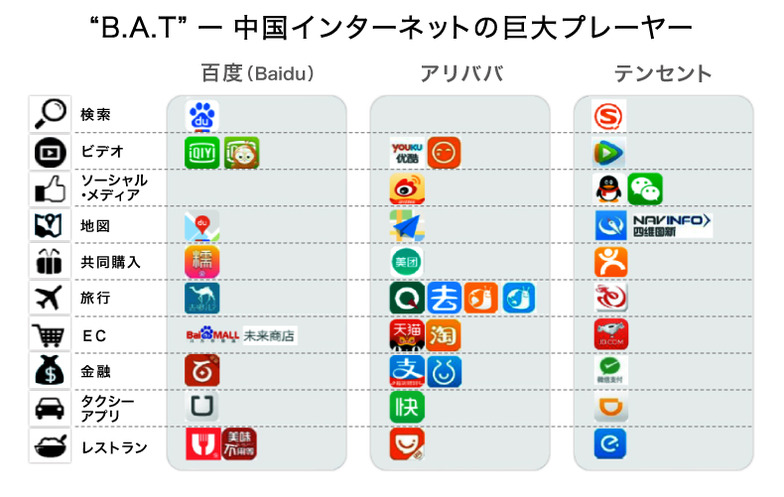
Kanno: As mobile becomes increasingly important as a platform for daily life, it's only natural that more people will adopt the mindset of "shopping online."
E-commerce sites serve as platforms for branding and communication.
Kanno: By the way, I get the impression that people in China are very open to trying new things. I think that's one of the factors that makes it fertile ground for e-commerce to thrive.
Yamagishi: I definitely think so. There's a mindset of trying out anything convenient. Developers also have a "let's just try it first" attitude, even with unproven technology, which drives rapid technological evolution. Conversely, to attract customers, you constantly need to incorporate new technologies and innovations.
Kanno: What recent trends stand out?
Yamagishi: For example, live streaming e-commerce has been gaining traction for a while now. Compared to other countries, China's younger generation is particularly active in watching videos on mobile, and live streaming as a communication method is very popular. Live streaming involves ordinary people broadcasting snippets of their daily lives live while interacting with viewers. Adding e-commerce elements to this creates "live streaming e-commerce." While it may remind some of TV shopping, a distinctive feature is that key opinion leaders—similar to power bloggers in Japan—actually visit stores, purchase products, and livestream the experience. Their influence is immense; the lively, buzzing atmosphere can sometimes generate sales in the hundreds of millions within a short time.
A similar approach is branded events. This involves live streaming tie-up content featuring celebrities or talent. The live, authentic feel is extremely well-received and is driving the growth of the live streaming market. For example, the Oreo branded event we ran this summer on Alibaba's platform recorded 4.5 million viewers.

Kamiyama: Similar approaches exist in Japan, but I feel there's a significant gap in adoption. Are there any trends in terms of technology?
Yamagishi: VR (Virtual Reality) is definitely drawing major attention. The VR market is expected to expand rapidly, with projections suggesting it could grow from around ¥200 billion in 2015 to over ¥8 trillion by 2020. While concrete success stories are still emerging, we anticipate a surge in VR initiatives over the next year.
Kanno: I feel e-commerce is being utilized not just as a sales channel, but as a platform for branding and communication. While Japan shows similar trends, they are a step ahead.
The expansion of cross-border e-commerce shows no signs of stopping.
Kanno: In China, e-commerce seems to have evolved beyond just a sales platform into a space for branding and communication. Doesn't this create confusion for manufacturers about "What exactly is e-commerce?" For example, whether they view it as a sales channel or a media platform affects which department handles it and the budget allocated.
Yamagishi: Exactly the problem you point out is occurring. As mentioned earlier, everything is becoming possible on mobile, and these platforms are, of course, interconnected. The integration and convergence of services means that within the purchasing process, everything from awareness acquisition, understanding promotion, purchase, to payment is consolidated into one unified experience.
Naturally, within clients too, there's a growing need to develop strategies with a holistic perspective, transcending the traditional division of roles between brand and sales departments. Cases are emerging where an e-commerce department is established to combine both functions.
To meet these client needs, we are also rapidly advancing our organizational restructuring. It is becoming essential to handle the entire process—strategy formulation, store operations, customer acquisition, and CRM—rather than specializing solely in advertising-related matters.
Kanno: The same thing is happening in Japan. As the media value of e-commerce increases, opportunities for brand and sales departments to work together within clients have also grown.
Yamagishi: In China, e-commerce advertising now constitutes 30% of the digital advertising market, underscoring this trend. Utilizing e-commerce platforms as display channels has become commonplace. Last year, Alibaba reported a 44% year-over-year increase in its e-commerce advertising revenue.
Kanno: So while diverse services are converging on mobile, companies are also adapting to this from their respective positions. You can feel China's dynamism in the speed at which capital flows into expanding markets.
Growing Popularity of Japanese Products
Kamiya: In this environment, cross-border e-commerce also seems to be expanding continuously.
Yamagishi: From the perspective of Chinese users, utilizing cross-border e-commerce is a natural progression. There's no reason not to use it when you can get the foreign products you want without leaving the country.
Statistics show that in China, cross-border e-commerce accounted for 6% of total e-commerce sales in 2015. Significant growth is expected going forward.

Kanno: According to the Ministry of Economy, Trade and Industry's survey, cross-border e-commerce sales from Japan to China, which were approximately ¥800 billion in 2015, are projected to expand to about ¥2.3 trillion by 2019.
Furthermore, according to Chinese statistics, Japan ranks second only to the United States in the popularity ranking of countries/regions for overseas e-commerce use. Japanese products seem to be quite popular.

Yamagishi: As mentioned at the beginning, Chinese users are becoming more discerning and increasingly seek safe and reliable products. Japanese products have established a reputation for high quality, so their popularity in cross-border e-commerce is inevitable.
Kanno: Our proprietary survey shows Chinese users seek "product quality" and "trustworthiness" in cross-border e-commerce. They also utilize it because it offers a wide selection of imported goods at prices lower than domestic Chinese options. When using these platforms, they conduct thorough research and show a strong preference for purchasing from highly-rated sites.
We can see a clear preference for purchasing familiar products from trusted retailers over unknown ones.
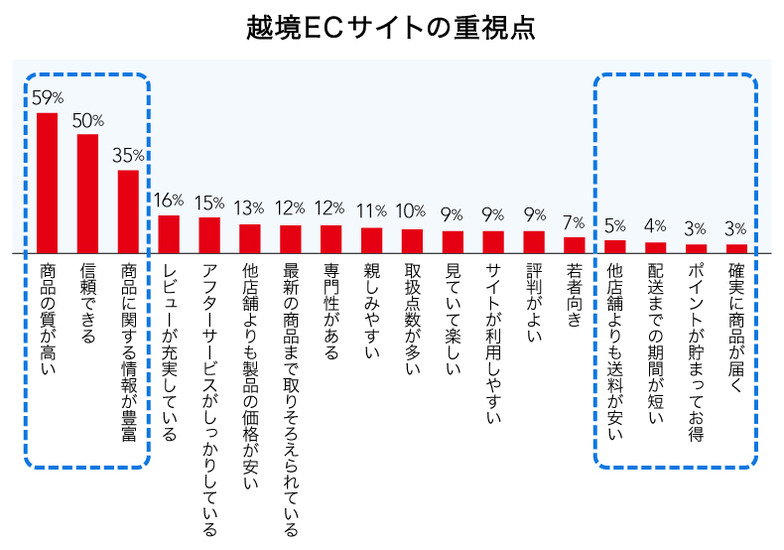


Yamagishi: Just the other day, I was invited to the opening ceremony for a company operating a cross-border e-commerce site, and it was incredibly well-attended.
Kanno: It's a significant business opportunity for Japanese companies too.
Yamagishi: When people think of popular Japanese products in China, many imagine automobiles, home appliances, and AV equipment. However, recently cosmetics, food, and daily necessities have grown in popularity. These are categories that are particularly well-suited for e-commerce, and I strongly believe Japanese companies should definitely leverage cross-border e-commerce.
Kanno: Hearing you talk, I feel China and Japan are closer than we in Japan might think.
Yamagishi: I feel that every day too. While there are physical borders, different languages, and currencies, from a commercial perspective, I often think it makes sense to develop sales strategies treating them as a single market area.
Cross-border e-commerce is also a tool that makes it easy to implement cross-border initiatives, so it should be relatively straightforward to develop strategies spanning both China and Japan.
Kanno: Indeed, with such a huge market right next door that favors Japanese products, perhaps we don't need to draw a clear line and think of it as "overseas."
Opening the Path from Surging China to the Global Market
Kanno: By the way, regarding cross-border e-commerce, China implemented tax reforms this past April, and the market was temporarily unsettled by the resulting developments. However, even if some products saw price increases due to the tax hike, it seems certain that cross-border e-commerce will continue growing as a major trend.
Our research also confirmed heightened price sensitivity due to the tax changes, but the desire to purchase Japanese products remains strong.
Yamagishi: While some say the tax reforms aimed to prevent tax avoidance through direct shipping models and eliminate proxy purchasing, we view this not as a rejection of cross-border e-commerce itself, but rather as a necessary framework adjustment precisely because significant future growth is anticipated.
Finally, I'd like to touch on the globalization of Chinese e-commerce companies. Alibaba, which also listed on the New York Stock Exchange in 2014, has expanded its influence beyond China, increasing its presence in Southeast Asia, the US, and elsewhere. Singles' Day, which originated in China, is also becoming a global trend. Collaborating with companies like Alibaba and JD.com means riding the wave of their globalization efforts. It is by no means a strategy confined to China.
Kamiya: For many Japanese companies, establishing a foothold in international markets is a key priority. Successfully engaging with the rapidly advancing Chinese market can open doors to the global marketplace, and cross-border e-commerce can serve as that first step.
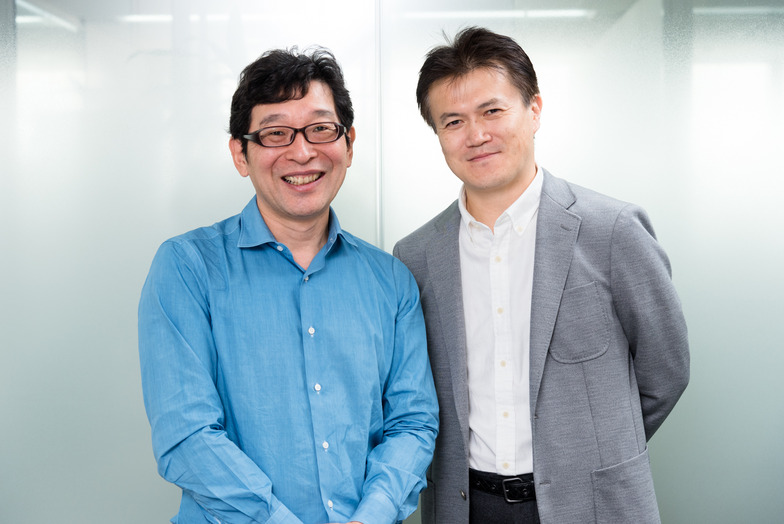
Mr. Norihiro Yamagishi (left) and Mr. Junichi Kamino (right)
Was this article helpful?
Newsletter registration is here
We select and publish important news every day
For inquiries about this article
Author

Norihiro Yamagishi
Dentsu Inc.
Executive Officer
Joined Dentsu Inc. in 1982. After working at the Hokkaido Branch and DENTSU SOKEN INC., became General Manager of the Management Planning Office in 2000, handling Dentsu's IPO and IR-related operations. In 2008, became General Manager of the Corporate Planning Bureau, overseeing M&A and all management-related operations. In 2012, became Director of the Dentsu Aegis Network Business Bureau, overseeing all overseas business management operations. In 2013, appointed CEO of Dentsu China & North Asia. Subsequently appointed CEO of Dentsu Aegis Network China (current position). Since 2016, Executive Officer of Dentsu Inc. (current position).

Junichi Kanno
After gaining experience managing e-commerce operations at a major IT company, I became convinced of the diversification of retail space value as a customer touchpoint and returned to Dentsu Inc. Leveraging my comprehensive experience in business valuation and other areas from a consulting firm, I currently work in the Promotion Design Bureau, where I develop and implement numerous sales promotion initiatives through reverse-engineering planning starting from the purchasing perspective. Holds an MBA from the Wharton School of the University of Pennsylvania. Left Dentsu Inc. at the end of December 2022.